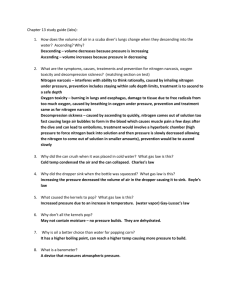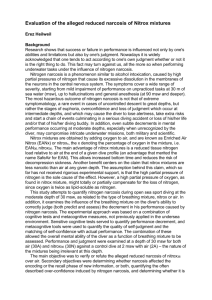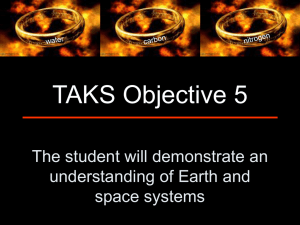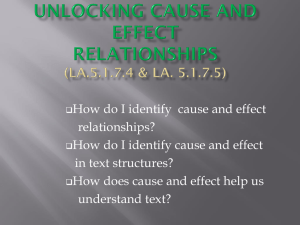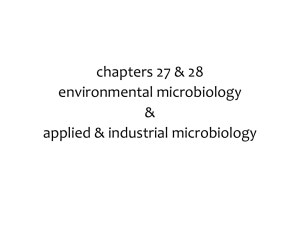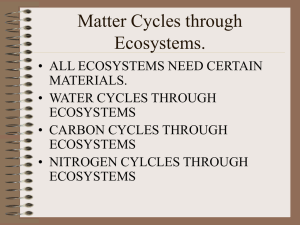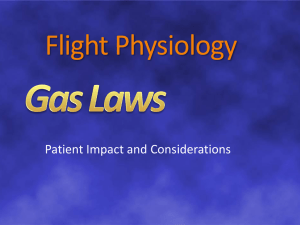Science of Scuba Diving - Stevens Institute of Technology
advertisement
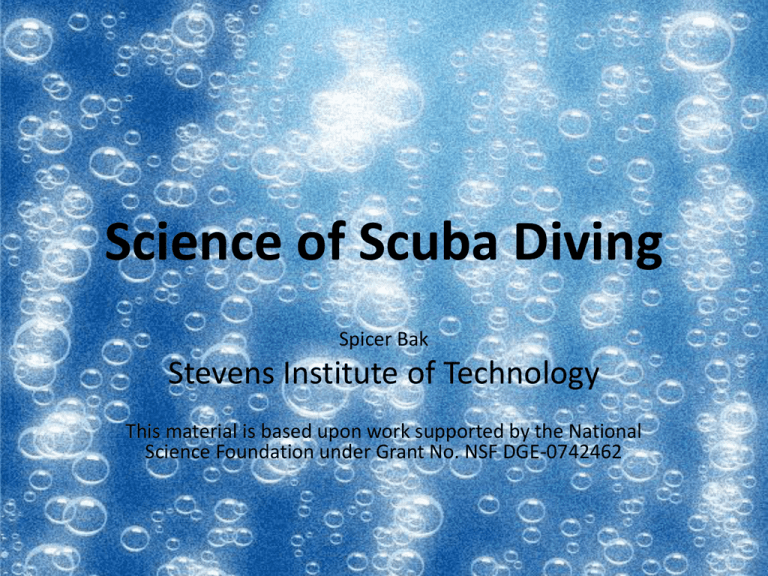
Science of Scuba Diving Spicer Bak Stevens Institute of Technology This material is based upon work supported by the National Science Foundation under Grant No. NSF DGE-0742462 Overview • • • • • Magnification Light Pressure Boyles Law Nitrogen Narcosis Magnification • Objects appear 33% larger – 25% closer • 3 m long object – 4 m away – 33% larger – 33% of 3m is 1m = 4m – Looking up at 45% • 4m tall at distance of 4m – 25% closer, appears 3m tall at distance 3m • (3m tall at distance of 3m) Science of Scuba Diving Light Absorption Boyle’s Law Boyles Law • P1*V1=P2*V2 – Pressure = P – Volume = V – As Pressure Increases • Volume Decreases • Applied to: – – – – BC Lungs Mask Body Pressure Depth Pressure Volume Air Density Sea Level 1 ATM 12 1x 33' 2 ATM 6 2x 66' 3 ATM 4 3x 99' 4 ATM 3 4x 132' 5 ATM 2.4 5x • With Depth, Pressure Increases • Even in lungs and • At Depth = 99 ft.. – 1 breath = 4xmolecules of air of normal breath Boyles Law • Decompression Sickness – High Pressure increases nitrogen concentration in blood • Turns Gas -> Liquid – Dissolves in blood – Come to surface too quickly • Nitrogen goes from Liquid to Gas in blood stream (like opening coke) • Embolism – Decompression Stops • Stop at various depths during surface to reach equilibrium • Emergency Surface – Take Deep breath and blow out slowly as rise to the surface • Gas expands, always have air Nitrogen Narcosis Nitrogen Narcosis • With depth increases nitrogen in blood stream – Under High Pressure Nitrogen Dissolves into blood – Causes Nitrogen narcosis • Effects – Similar to Alcohol Intoxication Nitrogen Narcosis Signs and symptoms of narcosis (breathing air) Pressure Depth Depth Comments (bar) (m) (ft.) Unnoticeable small symptoms, or no 1–2 0–10 0-33 symptoms at all. Mild impairment of performance of unpracticed tasks. 2–4 10–30 33–100 Mildly impaired reasoning. Mild euphoria possible. Delayed response to visual and auditory stimuli. Reasoning and immediate memory affected more than motor coordination. Calculation errors and wrong choices. 4–6 30–50 100–165 Idea fixation. Over-confidence and sense of well-being. Laughter and loquacity (in chambers) which may be overcome by self control. Narcosis 6–8 50–70 165–230 8–10 70–90 230–300 10+ 90+ 300+ Sleepiness, impaired judgment, confusion. Hallucinations. Severe delay in response to signals, instructions and other stimuli. Occasional dizziness. Uncontrolled laughter. Terror in some. Poor concentration and mental confusion. Stupefaction with some decrease in dexterity and judgment. Loss of memory, increased excitability. Hallucinations. Increased intensity of vision and hearing. Sense of impending blackout, euphoria, dizziness, disorganization of the sense of time, changes in facial appearance. Unconsciousness. Death. Nitrogen Narcosis - Solutions • Normal – 78% nitrogen – 21% Oxygen • Nitrox – Mixes with higher oxygen content – Very specific types of dives • 68% N – 32% O2 • Others designed • Oxygen Toxicity – VENTID-C • • • • • • • Vision (blurriness) Ears-Ringing Nausea Twitching Irritability Dizziness Convulsions Nitrogen Narcosis Does Free Diving have same Risks as Scuba Diving? Eg. Nitrogen Narcosis, The bends?
